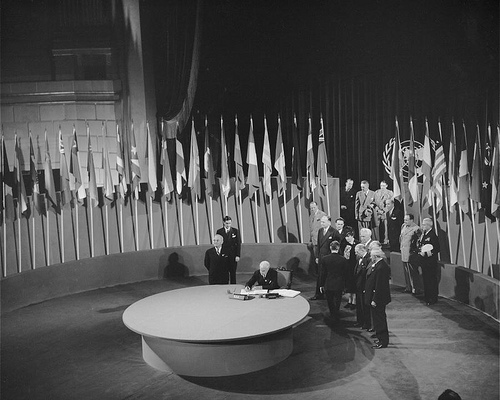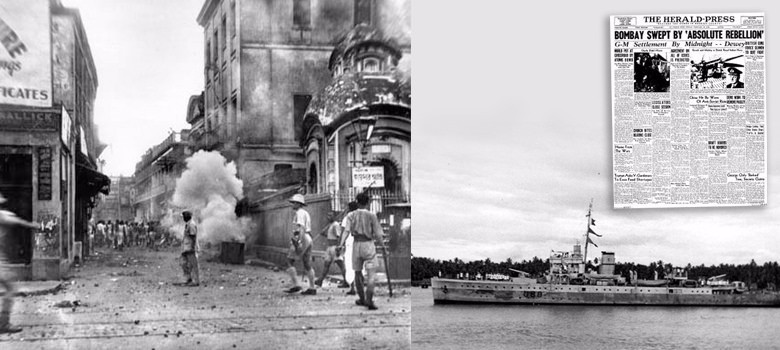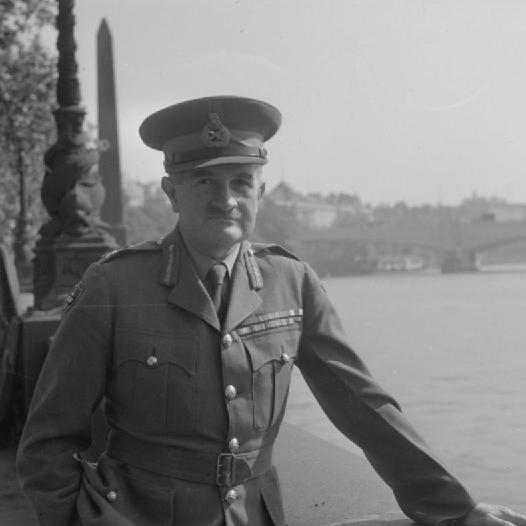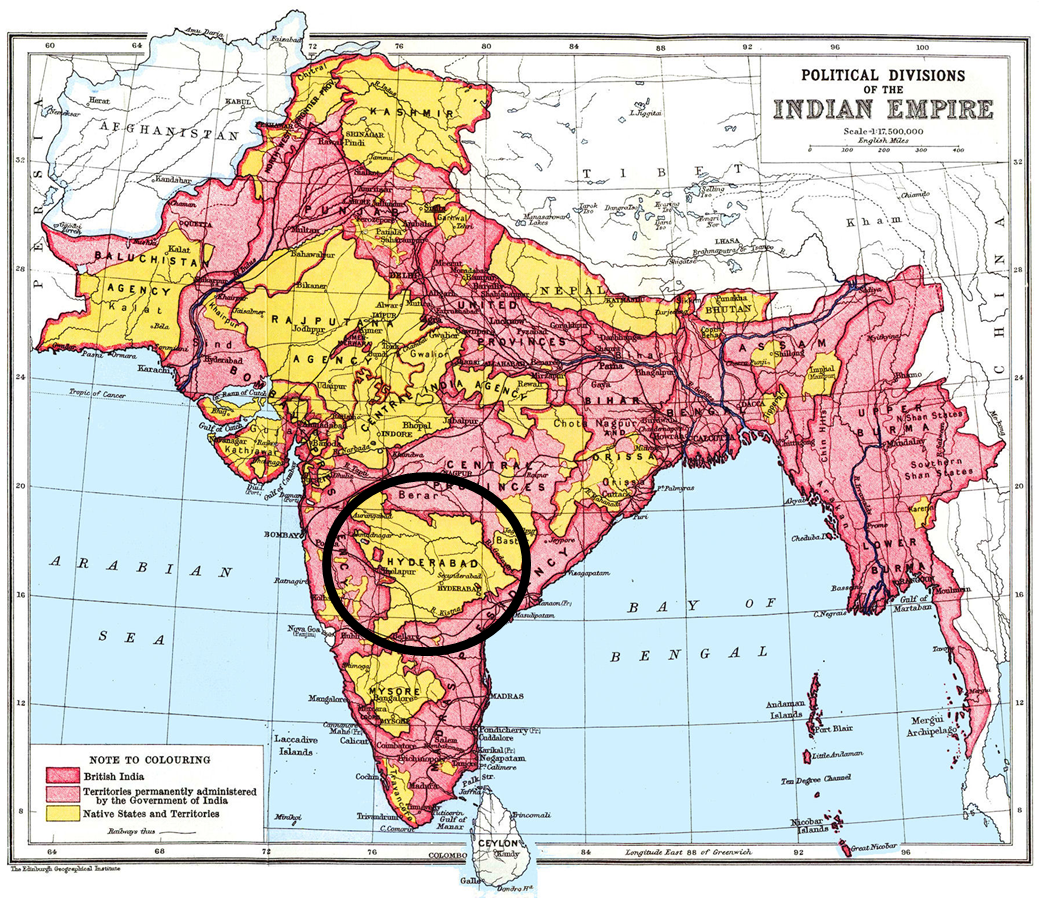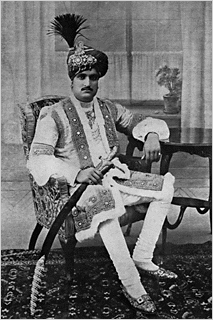ITTL we jerk the Commonwealth of Nations, and make it an organization with teeth as the cold war develops, without making it British Empire v2.
The POD is appointing William Slim instead of Mountbatten as the last viceroy of India. Direct Action Day never happens and much of the violence of the partition is butterflied away. This leads to a slight victory for Labour in the 1951 General Election instead of a slight defeat, and from there the Government reacts to decolonization in a very different way.
Things to expect:
-The UK loses Suez, but no Suez Crisis occurs
-Avro Arrow, Black Arrow and HOTOL jerkin', with the Commonwealth creating their own Space Agency, Nuclear Shield, and arms procurement system.
-India and Pakistan split on more equitable terms, Pakistan is broadly pro-Commonwealth (as a republic) while India stays true neutral.
-The UK maintains a sphere of pro-western, Monarchist allies in the middle east. Namely Pahlavi Iran and an Arab Federation under the Hashemids, called the Hashemite Kingdom of Mashriq
-Arab cold war between Pro-Commonwealth countries and Pro-Nasser countries.
-Jordan annexes the West Bank as per OTL and keeps it when it accedes to Mashriq. Peace with Israel is secured in exchange for Israeli recognition of Mashriqi sovereignty over the West Bank.
-Brits keep Aden
-Britain purchases Gwadar on the Pakistani mainland from Oman, and develop it into a deep water port that controls much of Pakistan and Iran's trade.
-Rhodesia-Nyasaland implements majority rule and becomes a dominion, and eventually a power on par with Australia within the Commonwealth.
-South Africa under the Nationalist Party leaves the Commonwealth.
-The West Indian Federation is successful, and the Bahamas, Guyana and Belize join it.
-A South Seas Federation is created of various pacific colonies, mirroring the West Indian Federation
-The Straits Settlements becomes a dominion separate from Malaysia.
-The Andaman and Nicobar islands become anglicized and join the EIF.
-Diego Garcia is made into a Commonwealth naval base rather than a US one. Indian Ocean becomes a British lake.
-Malta becomes an integral part of the UK.
-Indonesia under Surkano joins the Communist Bloc
-Undeclared hostilities with Indonesia in New Guinea and North Borneo
-Possible conventional war?
-Commonwealth commitments alienates Quebeckers during the Quiet Revolution. Quebec secedes from Canada via referendum.
-Possible partition of Quebec. Northern Quebec (Ungava), West Montreal, etc, staying with Canada
-A commonwealth trade block with the UK remaining only in the EFTA instead of the EU proper.
-Republics leave the Commonwealth, resulting in fewer member states but a more meaningful connection between the few remaining realms.
-A "Pan British" identity develops. While each citizen will identify as a Canadian or a Welshman or a Fijian first, they will all to some extent extent identify as "British"

The above are maps of the new dominions to be added to the Commonwealth, in addition to the original dominions of Canada, Australia, New Zealand and of course the Home Nations.
Depending on how strong the Commonwealth ends up being, there's always the chance that they get cocky enough to try and make a stand against communist China when the lease on Hong Kong gets close to elapsing.
I will post the first entry soon.
The POD is appointing William Slim instead of Mountbatten as the last viceroy of India. Direct Action Day never happens and much of the violence of the partition is butterflied away. This leads to a slight victory for Labour in the 1951 General Election instead of a slight defeat, and from there the Government reacts to decolonization in a very different way.
Things to expect:
-The UK loses Suez, but no Suez Crisis occurs
-Avro Arrow, Black Arrow and HOTOL jerkin', with the Commonwealth creating their own Space Agency, Nuclear Shield, and arms procurement system.
-India and Pakistan split on more equitable terms, Pakistan is broadly pro-Commonwealth (as a republic) while India stays true neutral.
-The UK maintains a sphere of pro-western, Monarchist allies in the middle east. Namely Pahlavi Iran and an Arab Federation under the Hashemids, called the Hashemite Kingdom of Mashriq
-Arab cold war between Pro-Commonwealth countries and Pro-Nasser countries.
-Jordan annexes the West Bank as per OTL and keeps it when it accedes to Mashriq. Peace with Israel is secured in exchange for Israeli recognition of Mashriqi sovereignty over the West Bank.
-Brits keep Aden
-Britain purchases Gwadar on the Pakistani mainland from Oman, and develop it into a deep water port that controls much of Pakistan and Iran's trade.
-Rhodesia-Nyasaland implements majority rule and becomes a dominion, and eventually a power on par with Australia within the Commonwealth.
-South Africa under the Nationalist Party leaves the Commonwealth.
-The West Indian Federation is successful, and the Bahamas, Guyana and Belize join it.
-A South Seas Federation is created of various pacific colonies, mirroring the West Indian Federation
-The Straits Settlements becomes a dominion separate from Malaysia.
-The Andaman and Nicobar islands become anglicized and join the EIF.
-Diego Garcia is made into a Commonwealth naval base rather than a US one. Indian Ocean becomes a British lake.
-Malta becomes an integral part of the UK.
-Indonesia under Surkano joins the Communist Bloc
-Undeclared hostilities with Indonesia in New Guinea and North Borneo
-Possible conventional war?
-Commonwealth commitments alienates Quebeckers during the Quiet Revolution. Quebec secedes from Canada via referendum.
-Possible partition of Quebec. Northern Quebec (Ungava), West Montreal, etc, staying with Canada
-A commonwealth trade block with the UK remaining only in the EFTA instead of the EU proper.
-Republics leave the Commonwealth, resulting in fewer member states but a more meaningful connection between the few remaining realms.
-A "Pan British" identity develops. While each citizen will identify as a Canadian or a Welshman or a Fijian first, they will all to some extent extent identify as "British"

The above are maps of the new dominions to be added to the Commonwealth, in addition to the original dominions of Canada, Australia, New Zealand and of course the Home Nations.
Depending on how strong the Commonwealth ends up being, there's always the chance that they get cocky enough to try and make a stand against communist China when the lease on Hong Kong gets close to elapsing.
I will post the first entry soon.
Last edited:
